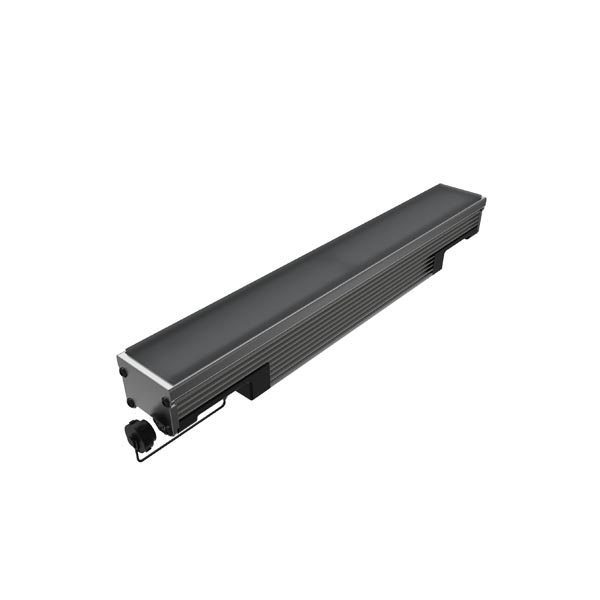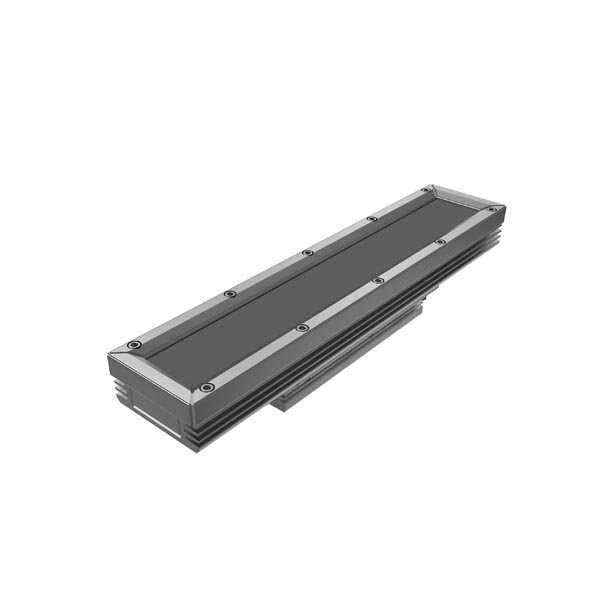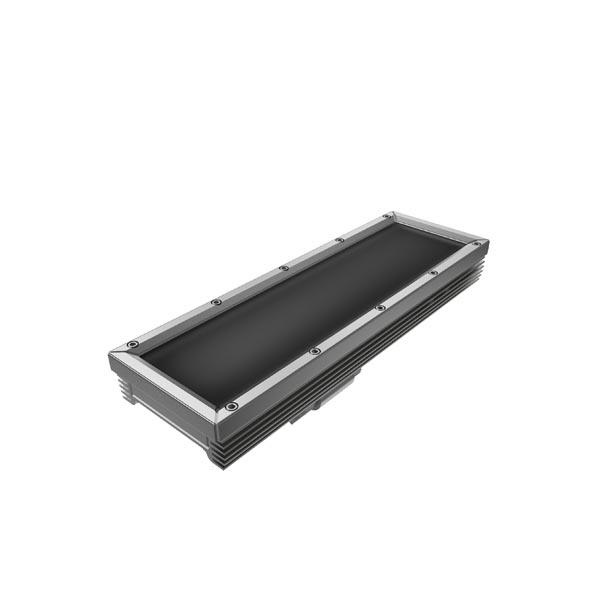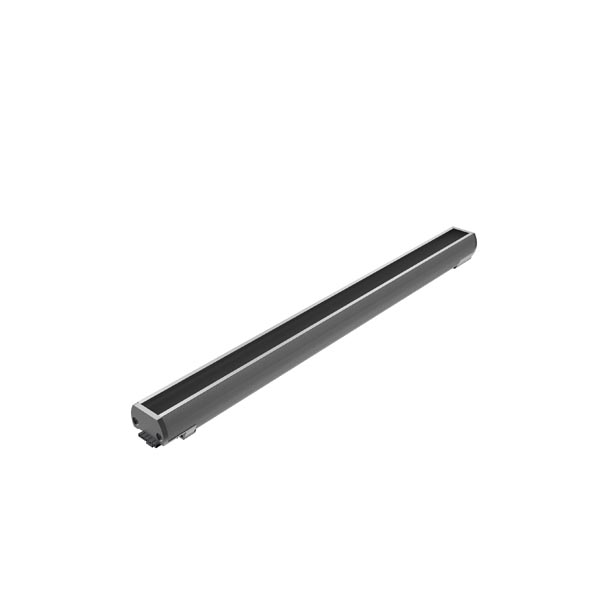Uplighting and Backlighting
View All Up and Back LightingCreate Dynamic Effects with Uplighting and Backlighting
Uplighting and backlighting are different lighting techniques used in various design contexts, such as architectural lighting, landscaping, and display lighting, to create specific effects and highlight certain features.
Up Lighting
Uplighting refers to placing light fixtures at or near ground level and directing the light upwards. This technique illuminates vertical surfaces or objects from below, creating a dramatic and dynamic effect.
Applications for uplighting
- Landscape Lighting: Uplighting highlights trees, shrubs, statues, or architectural features in outdoor spaces. By positioning the light at the base of a tree or statue, for example, the light casts upward, emphasizing the object’s height, texture, and shape. This creates a striking visual impact, especially at night.
- Architectural Lighting: In buildings, uplighting can highlight columns, walls, or facade features. It enhances the architectural details by drawing attention to textures, lines, or curves that might be missed. The upward light emphasizes height and grandeur, making it a popular technique for illuminating tall structures.
- Indoor Lighting: In interior design, up lighting is often used for accent lighting, such as illuminating artwork, highlighting textured walls, or creating ambient lighting. Wall sconces and floor lamps that cast light upwards are commonly used to achieve this effect.
Back Lighting
Backlighting is the technique of placing a light source behind an object, subject, or surface, illuminating it from the back. This creates a silhouette effect, a sense of depth, or a glow around the object, depending on the placement and intensity of the light. The HPNLS-LO is an example of a low-profile light fixture that can be used discreetly to backlight focal features.
Backlighting applications
- Architectural Lighting: Backlighting creates visual emphasis on certain features by lighting objects or structures from behind. For example, backlighting columns, arches, or window frames can make them stand out against a lit or darkened background, creating a striking silhouette.
- Signage and Facade Lighting: Backlighting is frequently used for illuminating signs or logos, especially when the sign itself is opaque, allowing the light to glow from the edges. This creates a halo effect that draws attention to the sign and enhances nighttime visibility.
- Landscape Lighting: In outdoor settings, backlighting can highlight features such as trees, sculptures, or water fountains by placing lights behind them. This produces a silhouette effect that makes the object stand out in contrast to the background, especially in low-light conditions.
Both uplighting and backlighting are versatile techniques used to enhance the aesthetic appeal of spaces, landscapes, and architectural elements by playing with light, shadows, and depth. When used strategically, they can transform a space or object’s mood and visual experience.




